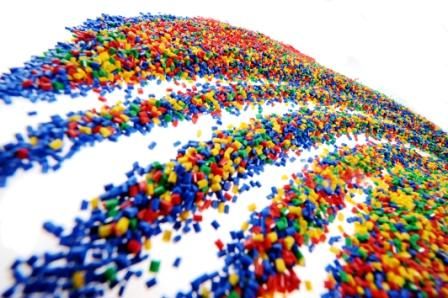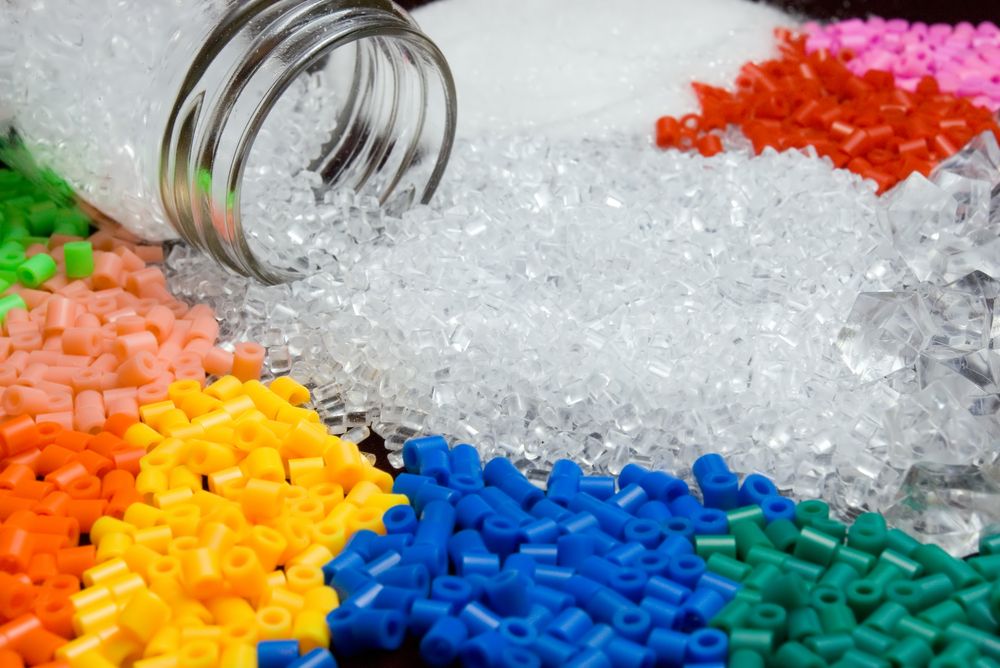Puntos clave para la selección de aditivos plásticos modificados

Plastic formula design looks simple on the surface, but it actually contains many internal connections. In order to design a formula with high performance, easy processing and low price, there are many factors that need to be considered when selecting additives. The following factors are proposed here for reference:
1. Choose additives according to the purpose
Select the appropriate type of additives according to the purpose to be achieved, and the added additives should be able to fully exert their expected effects and reach the specified indicators. The specified indicators are generally the national standards and international standards of the product, or the performance requirements put forward by customers.
The specific selection range of additives is as follows:
▶Toughening—choose elastomers, thermoplastic elastomers and rigid toughening materials. the
▶ Reinforcement – choose glass fiber, carbon fiber, whisker and organic fiber. the
▶Flame retardant – bromine (common bromine and environmental bromine), phosphorus, nitrogen, nitrogen/phosphorus composite intumescent flame retardant, antimony trioxide, hydrated metal hydroxide. the
▶Antistatic——all kinds of antistatic agents. the
▶Conductivity – carbon (carbon black, graphite, carbon fiber, carbon nanotube), metal fiber and metal powder, metal oxide. the
▶Magnetism——ferrite magnetic powder, rare earth magnetic powder including samarium cobalt (SmCo5 or Sm2Co17), neodymium iron boron (NdFeB), samarium iron nitrogen (SmFeN), aluminum nickel;
▶Heat conduction—metal fibers and metal powders, metal oxides, nitrides and carbides; carbon materials such as carbon black, carbon fibers, graphite and carbon nanotubes; semiconductor materials such as silicon and boron. the
▶Heat resistance – glass fibers, inorganic fillers, heat resistance agents such as substituted maleimides and β crystal nucleating agents. the
▶Transparent——nucleating agent, for PP, the sorbitol series Millad 3988 of the α crystal nucleating agent works best. the
▶Wear-resistant——Graphite, molybdenum disulfide, copper powder and other cobalt-based magnetic powders. the
▶Insulation – calcined kaolin. the
▶Barrier—mica, montmorillonite, quartz, etc.

2. The additive is selective to the resin
▶Red phosphorus flame retardant is effective for PA, PBT, PET;
▶Nitrogen-based flame retardants are effective for oxygen-containing products, such as PA, PBT, PET, etc.;
▶The nucleating agent has a good effect on copolymerized polypropylene;
▶Heat-resistant modification of glass fiber has a good effect on crystalline plastics, but poor effect on amorphous plastics;
▶Carbon black filled conductive plastic, which works well in crystalline resins.
3. Different forms of additives have different effects
The additives of the same composition have different forms, which have a great influence on the modification.
(1) The shape of the additive
▶The reinforcing effect of fibrous additives is good.
The degree of fiberization of additives can be expressed by aspect ratio, the larger the L/D, the better the reinforcement effect, which is why we add glass fiber from the vent hole.
▶The molten state is better than the powder state to maintain the aspect ratio and reduce the probability of fiber breakage.
▶Spherical additives have good toughening effect and high brightness.
Barium sulfate is a typical spherical additive, so barium sulfate is used for filling high-gloss PP, and barium sulfate can also be used for small rigidity and toughening. the
(2) The particle size of additives
A. Effect of particle size of additives on mechanical properties:
The smaller the particle size, the more beneficial it is for the tensile and impact strength of the filler material.
B. Effect of particle size of additives on flame retardant properties:
The smaller the particle size of the flame retardant, the better the flame retardant effect. For example, the smaller the particle size of hydrated metal oxide and antimony trioxide, the less the amount of addition to achieve the same flame retardant effect.
C. Effect of particle size of additives on color matching:
The smaller the particle size of the colorant, the higher the tinting power, the stronger the hiding power, and the more uniform the color. However, the particle size of the colorant is not as small as possible, there is a limit value, and the limit value is different for different properties. In terms of tinting strength, the limit particle size of azo colorants is 0.1 μm, and the limit particle size of phthalocyanine colorants is 0.05 μm. For hiding power, the limit particle size of the colorant is about 0.05 μm.
D. Effect of particle size of additives on electrical conductivity:
Taking carbon black as an example, the smaller the particle size, the easier it is to form a network conductive path, and the amount of carbon black added to achieve the same conductive effect is reduced. But like the colorant, the particle size also has a limit value, if the particle size is too small, it is easy to aggregate and difficult to disperse, and the effect is not good. the
(3) Surface treatment of additives
The compatibility between the additive and the resin is better, so as to ensure that the additive and the resin are dispersed according to the expected structure, to ensure the completion of the design index, to ensure that the effect will be exerted for a long time within the service life, and it is resistant to extraction, migration, and precipitation. For example, most formulations require uniform dispersion of additives and resins, and for barrier formulations, it is desirable for additives to be distributed in layers in the resin. Except for a few additives such as surfactants, good compatibility with the resin is the key to exert its efficacy and increase the amount of addition. Therefore, it is necessary to try to improve or improve its compatibility, such as using a compatibilizer or a coupling agent for surface activation treatment. the
After the surface of all inorganic additives is treated, the modification effect will be improved. Especially fillers are the most obvious, and others include glass fibers and inorganic flame retardants. the
The surface treatment is mainly based on coupling agents and compatibilizers. Specifically, the coupling
agents are silanes, titanates and aluminates, and the compatibilizers are maleic anhydride grafted polymers corresponding to the resins












